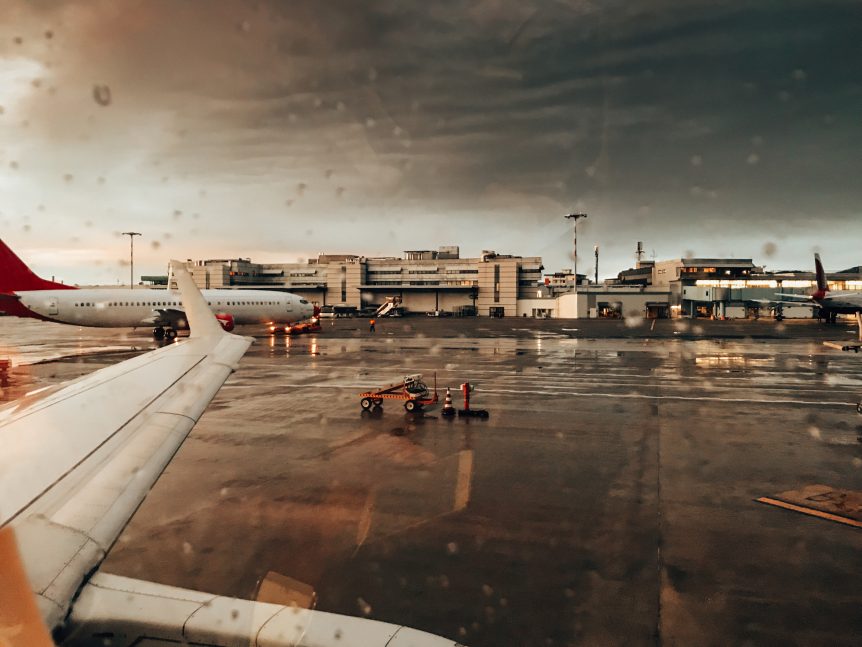A METAR (Meteorological Aerodrome Report) is a weather report that provides information about current weather conditions at an aerodrome. Pilots rely on METARs to make informed decisions about flight planning and safety. Reading a METAR can be challenging, especially for new pilots, but with a little practice, it can become a valuable skill. In this article, we’ll provide a step-by-step guide on how to read a METAR report before a flight.
Step 1: Locate the METAR
METARs are available from a variety of sources, including aviation weather websites, aviation mobile apps, and ATIS (Automatic Terminal Information Service) broadcasts. The number one source for aviation weather reports is Aviation Weather Center a.k.a. aviationweather.gov Before your flight, you should ensure that you have the most up-to-date METAR for your departure and destination airports. It is also a good practice to check the METARs for alternate airports in case of unexpected changes in weather conditions.
![METAR report for KDFW [Dallas-Ft Worth Intl]](https://www.flexaircharters.com/wp-content/uploads/2023/02/metarreport.png)
METAR report for KDFW [Dallas-Ft Worth Intl] (courtesy of Aviation Weather Center)
Step 2: Decoding the METAR
The METAR report is composed of a series of codes that represent various weather conditions. The report is read from left to right. Here is a breakdown of the most common codes you will encounter in a METAR, and you can follow along from with the image above:
- Type of report: The first four letters of the report indicate the type of report. For example, a METAR report begins with “METAR.”
- Station identifier: The next four letters indicate the identifier for the reporting station.
- Date and time: The next six numbers indicate the date and time the report was issued. The first two numbers indicate the day of the month, and the next four numbers indicate the time in Zulu (UTC) time zone.
- Wind direction and speed: The next four numbers indicate the wind direction and speed. The first three numbers indicate the wind direction in degrees, and the last two numbers indicate the wind speed in knots.
- Visibility: The next four numbers indicate the visibility in meters or statute miles.
- Weather phenomena: If there are any weather phenomena present, they will be indicated by a series of codes. These codes can include things like thunderstorms, rain, snow, and fog.
- Sky conditions: The next set of codes indicate the height and type of clouds present.
- Temperature and dew point: The next four numbers indicate the temperature and dew point in degrees Celsius.
- Altimeter setting: The final four numbers indicate the barometric pressure at the reporting station.

METAR report of KJFK in NY (courtesy of Aviation Weather Center)
Step 3: Understanding the METAR
Once you have decoded the METAR, you can use the information to understand the current weather conditions at the airport. Here are a few things to look for:
- Wind: Check the wind direction and speed to determine the runway to use for takeoff and landing.
- Visibility: Check the visibility to determine if it is safe to fly. If the visibility is low, it may be necessary to delay the flight or use instrument approaches.
- Weather phenomena: Check for any weather phenomena, such as thunderstorms or icing, that could affect the safety of the flight.
- Sky conditions: Check the sky conditions to determine if there is a risk of flying into clouds or if visual approaches are possible.
- Temperature and dew point: Check the temperature and dew point to determine if there is a risk of icing or other weather hazards.
- Altimeter setting: Check the altimeter setting to ensure that your aircraft’s altitude is properly calibrated.
Reading a METAR report is an essential skill for pilots to ensure the safety of their flight. By following the steps outlined above, pilots can quickly and accurately interpret the information provided in the METAR to make informed decisions about their flight plan. It is important to remember that weather conditions can change rapidly, and pilots should always be prepared to adjust their plans accordingly.
One of the nice things about flying private with Flex Air is you can leave all of the weather reports, permitting, navigating and much more to us. Flex Air Charters has everything you need right here to book your next luxury private flight! Everything from the flight itself to any extra amenities you’d like. Call us today and find out more today!

